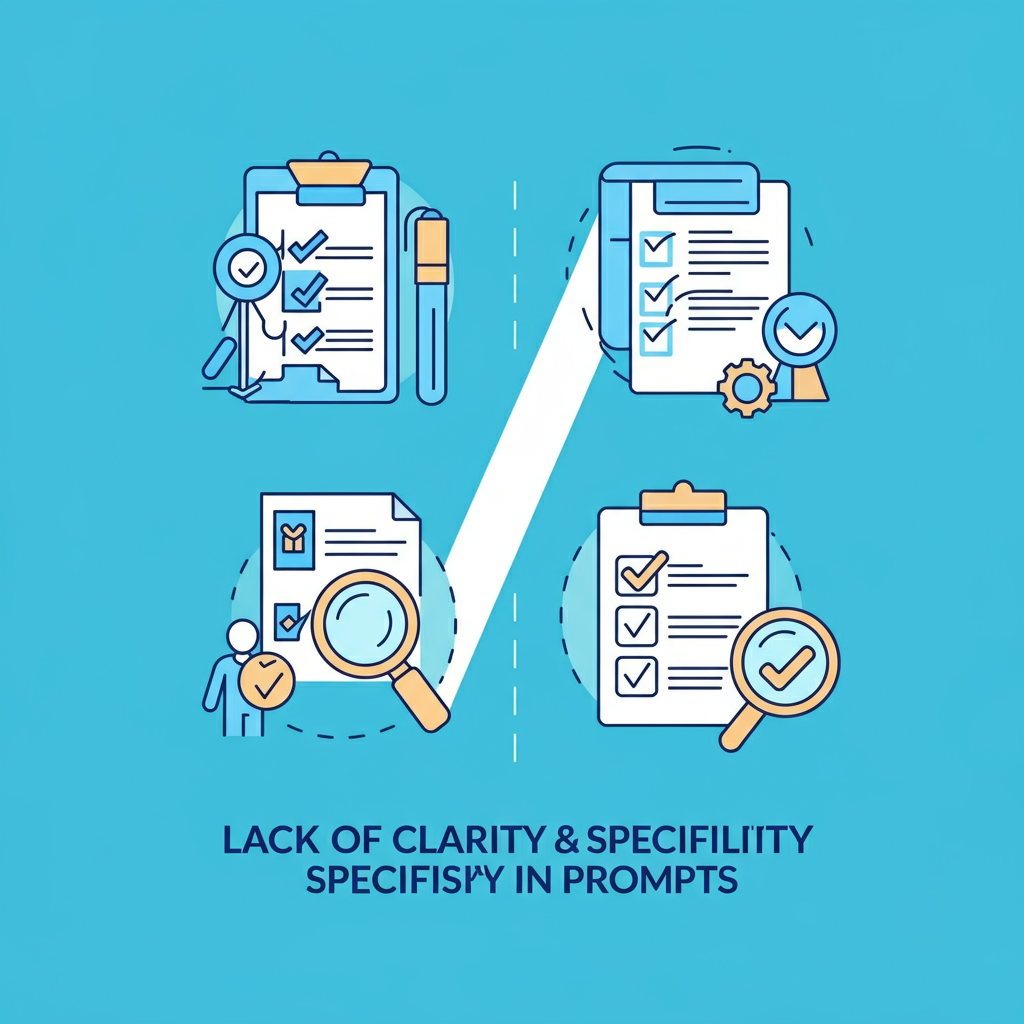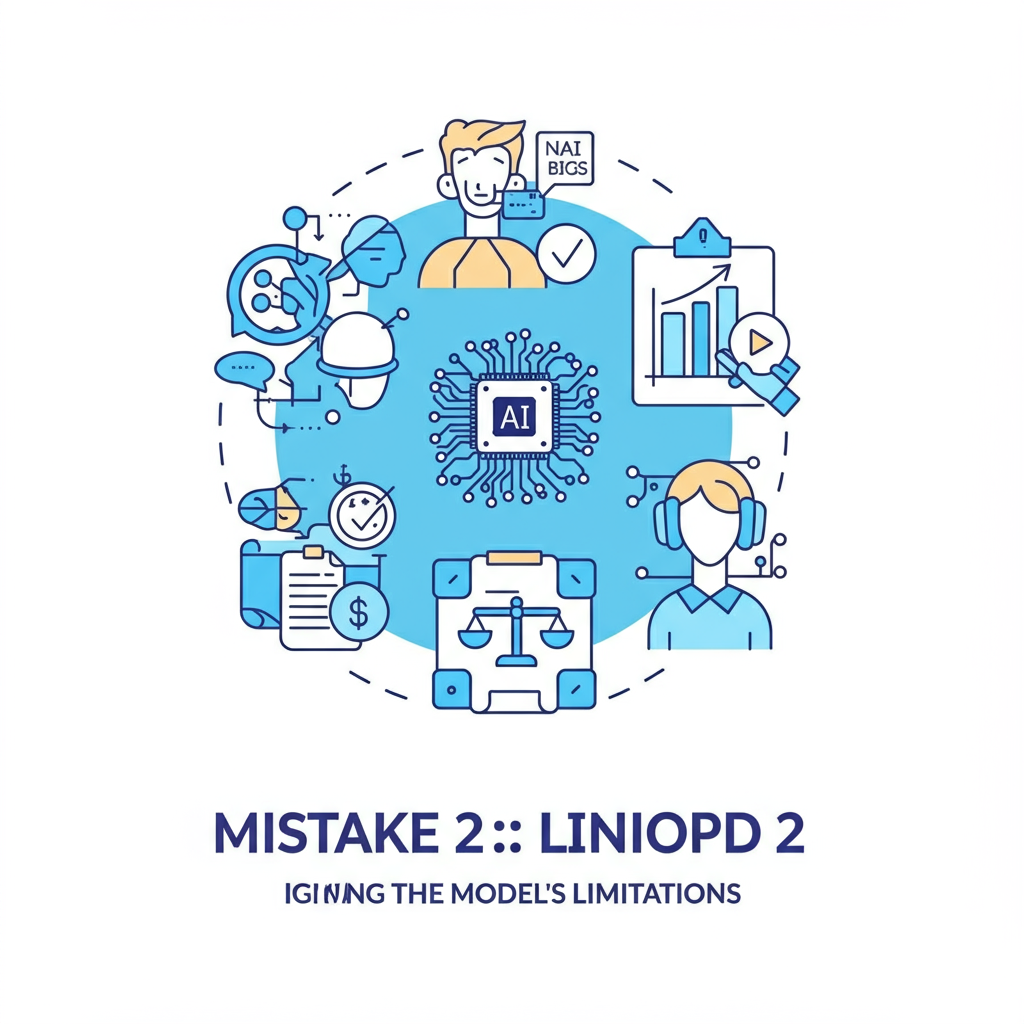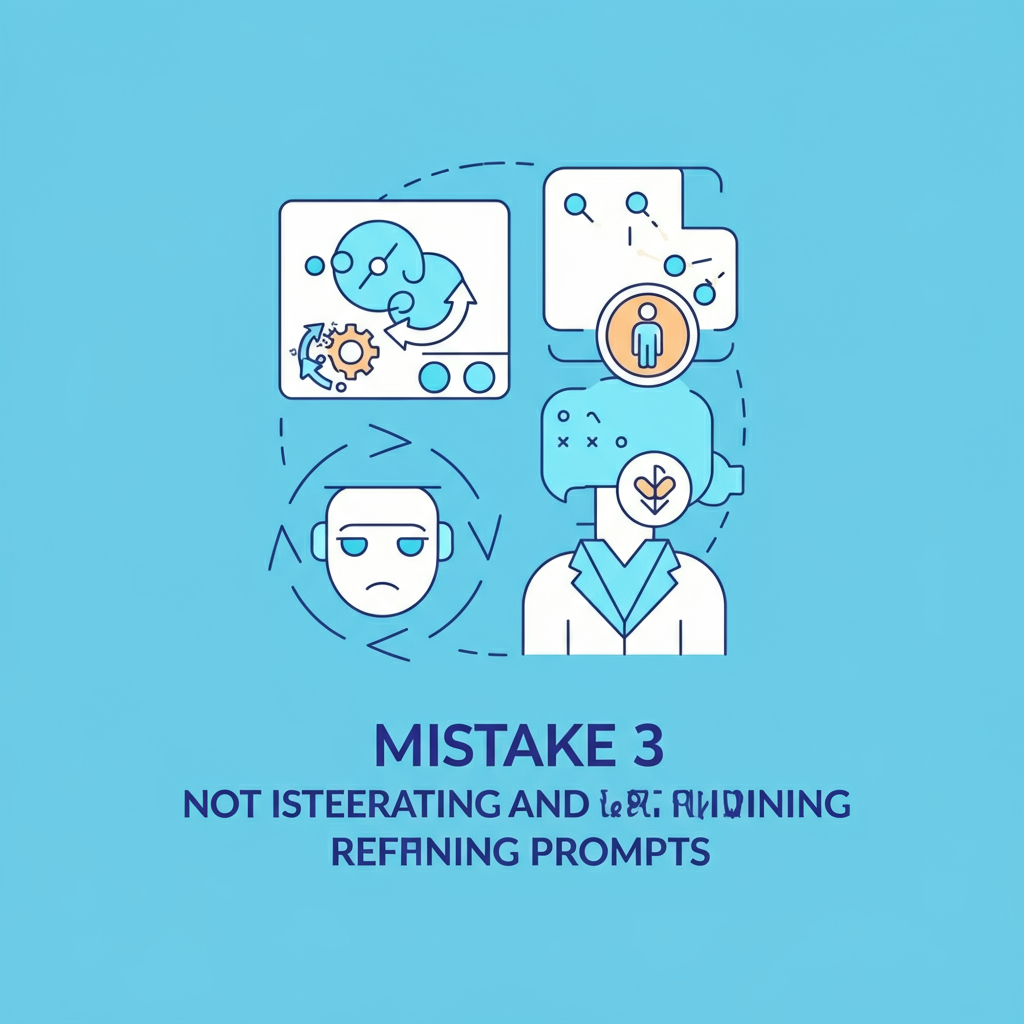Prompt engineering is one of the most crucial skills in the rapidly expanding field of artificial intelligence. Whether you’re a budding AI enthusiast experimenting with language models or a content creator trying to enhance workflows with AI-generated outputs, mastering prompt engineering can significantly elevate the quality of your results.
However, like any new skill, it’s easy to stumble at the start. Mistakes in writing AI prompts can lead to inaccurate responses, irrelevant outputs, or even a complete failure to make the model work as intended. The good news? These pitfalls are avoidable once you know what to watch out for.
This guide explores 5 common prompt engineering mistakes that beginners make and provides actionable insights to help you sidestep these challenges. By the end, you’ll have a solid grasp of how to craft effective AI prompts that deliver better results.
Mistake 1 Lack of Clarity and Specificity in Prompts

The biggest mistake prompt engineering beginners face is being vague. Language models thrive on clear, specific instructions. When your prompts are unclear, the model struggles to interpret your intent and may return generalized or irrelevant responses.
Why clarity matters
Imagine asking an AI, “Tell me about technology.” You’re leaving the model to interpret your request, which could lead to an answer focused on anything from the history of electricity to the latest smartphone releases. On the other hand, asking, “Explain how AI is changing content creation,” directs the model to a particular subject, yielding far more accurate and relevant outputs.
How to fix this
- Be specific: Instead of “Write a story,” try, “Write a 500-word science fiction story set in the year 2150 about advancements in AI.”
- Establish structure: Add explicit instructions such as, “Use three examples in this response” or “Organize the output in bullet points.”
- Test your prompts: Refine them if the responses aren’t aligning with your expectations.
Clarity ensures that you’re guiding the AI effectively, making it more likely to deliver valuable results.
Mistake 2 Ignoring the Model’s Limitations

AI language models are powerful, but they’re not magic. One common misstep is expecting too much from the model or being unaware of its capabilities and boundaries.
Common limitations of language models
- Lack of true understanding: These models generate responses based on patterns in the data they’ve been trained on. They don’t “understand” topics like humans do.
- Factual inaccuracies: While models like GPT-4 are impressive, they don’t always generate factually accurate information, especially for niche or real-time topics.
- Difficulty with long and complex instructions: Overloading a model with lengthy prompts may lead to confusion, resulting in incomplete or incorrect outputs.
How to fix this
- Know the model’s strengths: Language models excel at creative writing, summarization, translation, and general data-driven tasks.
- Be realistic: Avoid tasks the model isn’t equipped for, like providing real-time stock prices.
- Simplify prompts: When giving complex instructions, break them into smaller steps or prompts.
Knowing the limitations of an AI model helps set realistic expectations and ensures you work within its scope.
Mistake 3 Not Iterating and Refining Prompts

What separates effective prompt engineers from the rest? Iteration. Many beginners assume that creating the perfect prompt is a one-and-done process. Unfortunately, that’s rarely the case.
Why iteration matters
Crafting prompts is an art, not a science. A prompt that works well for one task could completely backfire on another. Testing and refining your instructions based on the AI’s output is essential to optimizing performance.
How to refine your prompts
- Analyze outputs: Examine AI responses for accuracy, relevance, and tone. Are you getting what you expected?
- Make incremental tweaks: Adjust one variable per iteration to see what produces a better result.
- Test multiple approaches: Sometimes, phrasing a prompt differently can drastically improve results. For instance, “Explain quantum mechanics” might return a more technical response than, “Describe quantum mechanics to a 10-year-old.”
Iteration helps you transform mediocre outputs into impressive ones while building your prompt-writing skillset.
Mistake 4 Neglecting Context and Background Information

Beginners often underestimate how much context influences the quality of AI responses. Providing inadequate information leaves the model to make assumptions, which can destabilize outputs.
Why context matters
Picture asking an AI to write a marketing email. Without context, it might produce a generic draft unrelated to your brand’s target audience, tone, or goals. However, including details like your product name, target audience, and the desired call to action results in a more tailored response.
How to fix this
- Present relevant details: Include key pieces of background info, such as industries, audiences, or use cases.
- Establish tone: Specify what kind of response you want. For example, “Write a professional and engaging email” versus “Write a casual and humorous message.”
- Layer prompts: Instead of one prompt, break tasks into a series of queries to feed context progressively.
Context ensures the AI’s output aligns with your needs instead of forcing you to repeatedly backtrack and clarify.
Mistake 5 Overlooking the Power of Examples

Examples can be game-changing in prompt engineering. Yet, many beginners don’t realize the degree to which examples guide AI responses.
How examples improve results
When you show the AI what you want, it learns to replicate that approach. Providing a sample example of desired outputs gives the model a clear standard to follow.
How to implement examples
- Use demonstrations: For instance, ask the AI to write a product description by first showing it an example, such as, “Example description: This laptop features a sleek design with a 13-inch display and 8GB RAM.”
- Provide formats: Say, “Here’s how I want the data formatted,” followed by a mock template.
- Teach styles or tones: If you need a humorous blog post, include a witty passage as an example for tone.
Examples take the guesswork out of writing a prompt, creating a direct path for the AI to follow.
Top Questions on Prompt Engineering
What is prompt engineering and why is it important?
Prompt engineering is the process of crafting input instructions to guide AI models. Effective prompts ensure better-quality outputs and save time.
How can I learn prompt engineering?
Start by experimenting with simple tasks on AI platforms like ChatGPT or Jasper AI. Gradually refine your skills with tutorials, online courses, and practical use cases.
Are there tools that help with prompt engineering?
Yes! Tools like PromptPerfect or OpenAI Playground provide interfaces to refine and test your prompts for different AI models.
How long does it take to become skilled at prompt engineering?
The timeline varies, but consistent practice with understanding AI model behaviors and persistent refinement can make you proficient within a few months.
Can prompts be reused?
Yes, prompts can often be reused, but keep in mind that you may need to adjust them slightly depending on the context or model used.
Start Mastering Prompt Engineering
Avoiding these five common mistakes can set you on the path to success with prompt engineering. Like any skill, it requires practice, patience, and perseverance. Begin by crafting clear, specific instructions, working within the model’s limits, iterating constantly, providing sufficient context, and leveraging examples.
Every time you refine your prompts, the quality of your AI outputs will improve, unlocking endless possibilities for leveraging AI in your projects.
Want to take your skills to the next level? Try out advanced AI tools like Jasper AI to enhance your workflow today, ensuring exceptional results!


